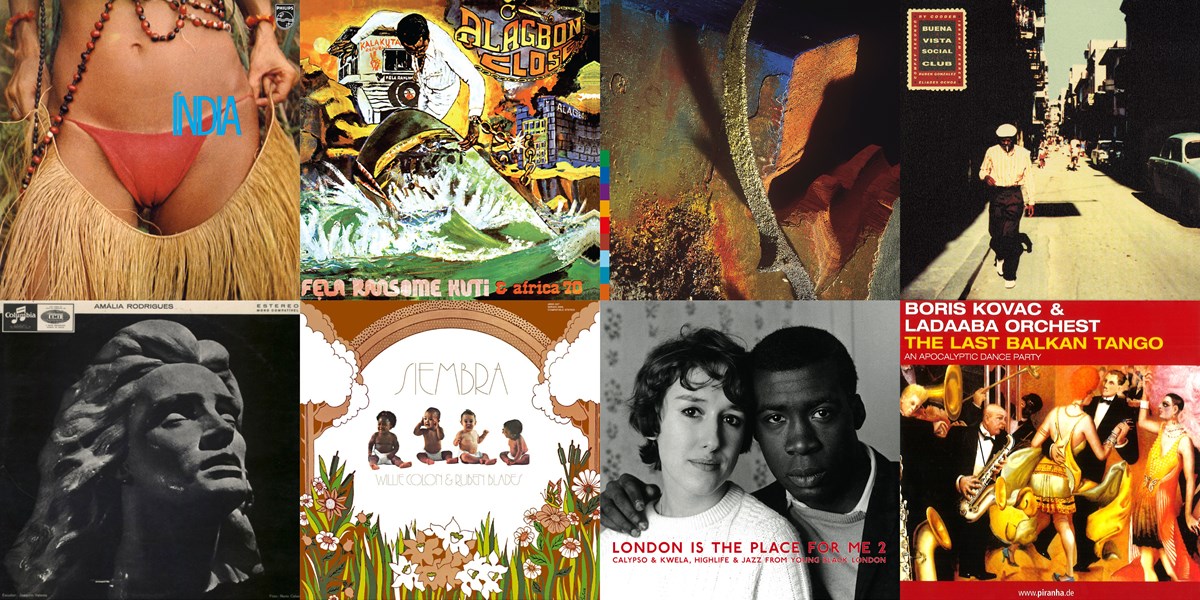Tuesday, August 3, 2021
Ten Album Covers That Changed World Music
By Chris Moss
Chris Moss selects ten album covers that changed the world music scene, featuring Buena Vista Social Club, Fela Kuti and Nusrat Fateh Ali Khan


Register now to continue reading

Thanks for visiting the Songlines website, your guide to an extraordinary world of music and culture. Sign up for a free account now to enjoy:
- Free access to 2 subscriber-only articles and album reviews every month
- Unlimited access to our news and awards pages
- Our regular email newsletters

